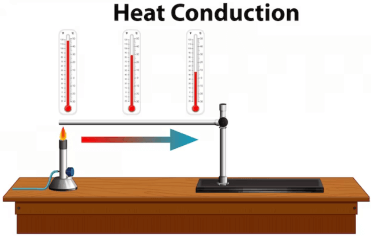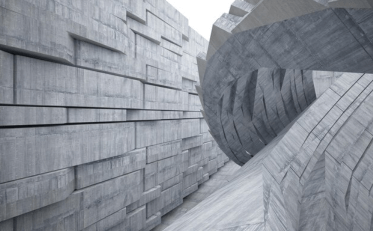Question
a.
straight line
b.
parabolic
c.
hyperbolic
d.
elliptical
Posted under Fluid Mechanics
Interact with the Community - Share Your Thoughts
Uncertain About the Answer? Seek Clarification Here.
Understand the Explanation? Include it Here.
Q. What will be the shape of the pathline for an one-dimensional flow be like?
Similar Questions
Explore Relevant Multiple Choice Questions (MCQs)
Q. Which of the following is correct?
View solution
Q. What is the maximum number of times the pathlines of two particles can intersect in an one dimensional flow?
View solution
Q. The velocity of a point in a flow is
View solution
Q. Which of the following is correct?
View solution
Q. The streamlines of the particles in a flow are recorded. If the streamline distribution remain the same even after sometime, what type of flow can it be?
View solution
Q. If the streamlines of the particles in a flow are parallel to each other, what type of flow can it be?
View solution
Q. Which of the following is correct?
View solution
Q. Which of the following is correct?
View solution
Q. The path taken by the smoke coming out of a chimney (in concentric circles) represents a
View solution
Q. Which of the following is correct?
View solution
Q. Which of the following is correct?
View solution
Q. If a liquid enters a pipe of diameter d with a velocity v, what will it’s velocity at the exit if the diameter reduces to 0.5d?
View solution
Q. The continuity equation is based on the principle of
View solution
Q. Two pipes of diameters d1 and d2 converge to form a pipe of diameter d. If the liquid flows with a velocity of v1 and v2 in the two pipes, what will be the flow velocity in the third pipe?
View solution
Q. Two pipes of diameters d1 and d2 converge to form a pipe of diameter 2d. If the liquid flows with a velocity of v1 and v2 in the two pipes, what will be the flow velocity in the third pipe?
View solution
Q. Two pipes, each of diameter d, converge to form a pipe of diameter D. What should be the relation between d and D such that the flow velocity in the third pipe becomes double of that in each of the two pipes?
View solution
Q. Two pipes, each of diameter d, converge to form a pipe of diameter D. What should be the relation between d and D such that the flow velocity in the third pipe becomes half of that in each of the two pipes?
View solution
Q. In a two dimensional flow, the component of the velocity along the X-axis is u = ax² + bxy + cy².
If v = 0 at y = 0, what will be the velocity component in the Y-direction?
View solution
Q. In a two dimensional flow, the component of the velocity along the X-axis and the Y-axis are u = ax² + bxy + cy² and v = cxy. What should be the condition for the flow field to be continuous?
View solution
Q. In a two dimensional flow, the component of the velocity along the X-axis and the Y-axis are u = axy and v = bx² + cy². What should be the condition for the flow field to be continuous?
View solution
Recommended Subjects
Are you eager to expand your knowledge beyond Fluid Mechanics? We've handpicked a range of related categories that you might find intriguing.
Click on the categories below to discover a wealth of MCQs and enrich your understanding of various subjects. Happy exploring!








